Second bread - that's what they call potatoes in Russia. This is no coincidence - potatoes are a valuable food product, because they contain twice as much vegetable protein as is found in wheat, and one third more than in rice grits. Add here a high content of useful trace elements, a dozen essential amino acids, plus nutritional value, ease of cultivation, taste of tubers, and it will become clear why potato cultivation is so popular in our country. If there is a more or less large plot, each summer resident or owner of a backyard plot of land tries to plant potatoes.
Today in the world there are half a thousand varieties of this culture, almost half of them are recommended for cultivation in Russia. Potato growing is widespread in our country both on an industrial scale and in private gardening. Someone chooses early varieties, someone mid-season or late. Each variety has its own ripening time, characteristics: taste, keeping quality, susceptibility to diseases and pests.
Productivity largely depends on species characteristics. But besides them, the cultivation technology affects the yield to a huge extent. That is why gardeners tirelessly improve their skills in planting and nursing potatoes, applying all new approaches, experimenting with modern world practices.
Chinese way and traditional fit
Everyone knows how to plant potatoes. There are more than a dozen different methods of planting potatoes, among which the most common is planting under a shovel, planting in earthen ridges or in holes. But planting does not mean growing a good harvest. It often happens that a lot of physical stress, loss of time for processing do not give the desired effect, and the potatoes will not be born well.
Maybe this is an opportunity to try a new way - to decide to grow the way the Chinese grow potatoes? The new method used in the Celestial Empire allows solving several problems at once:
- saves seed;
- reduces the time and effort required for planting and handling;
- saves space for placing culture;
- increases productivity.
We are accustomed to our native agriculture. The essence of the traditional approach is this: the tuber is placed in the ground, and the aboveground and underground parts develop from it. Strong, strong and thick stems above the ground delight the gardener: good tops indicate the health of the bush, that it receives a normal amount of light, moisture, heat.
But nevertheless, the origin and development of the food part of the plant - the tuber - occurs outside our visibility. Under the ground, the so-called stolons are formed - underground shoots on which nodules grow. The more such shoots, the stronger they are, the larger and more abundant the tubers will be.
Therefore, gardeners not only take care of potatoes, weeding and neutralizing pests, but also form the underground part of the plant. This is done by hilling.
The Chinese method is based on a fundamentally different approach. With the usual non-standard thinking for the Chinese, they came up with a different method in which they get a crop of two dozen kilograms from a pair of planting tubers.If this is possible, then why are Russian summer residents not doing this very well? Because there are features of the technology, certain pros and cons of the method. They will be discussed.
Pros and cons
Today in China, potato cultivation is experiencing a rebirth. To meet the needs of a huge population for food, the Chinese authorities intend to bring potato production to one third of the total food basket by 2020. Planting potatoes, it turns out, is easier, more profitable, more economical than traditional crops: rice and wheat. It does not require so much water, it is not afraid of drought and cold weather. However, it is extremely important to plant it correctly and follow the cultivation technology.
Potato planting material is laid out to a sufficient depth (at least half a meter) in trenches or a hole, covered with earth mixed with mulch and nutrients. These layers are poured gradually as the bush grows. Thus, the plant develops buried in the nutrient and mulching layer, which activates the growth of stolons and the formation of tubers.
Hence the advantages of this method:
- saving labor costs for weeding and hilling;
- less land is required;
- saving potatoes for planting;
- less watering is required;
- protection against the Colorado potato beetle.
The main disadvantage of such a multi-layer planting is that it is difficult to dig a hole. In addition, our summer residents have not yet learned how to get at least approximately those large yields that the Chinese method of growing potatoes provides. There are several reasons for this: the Russians still manage to grow Chinese-style potatoes with a yield of about one and a half to two kilograms per bush, and the matter, apparently, is in violations of technology. Although, perhaps, a different land, different varieties are to blame. But lovers of experiments go to growing in a new way, if only for the sake of interest. Perhaps, if you ensure compliance with all technological standards, find the right and suitable variety, then you can even get a bag of potatoes from a dozen tubers.
For this method, the planting material must be taken from the highest-yielding varieties. The land for cultivation should be loose, loose, well fertilized. Seed potatoes should be moderately moist and stored at 15 degrees. Medium-sized tubers (no more than a chicken egg) are exposed in a warm place to produce solanine — green tubers will germinate better and faster.
Then the landing is done like this:
- Digging a half-meter deep hole with a radius of up to 45 cm;
- A mixture of compost or rotted manure, a handful of ash, superphosphate and bone meal, mixed with soft and loose earth, is laid out on the bottom;
- A couple of sprouted tubers are stacked;
- Seeds are covered with earth in approximately 10 cm layer. Watering is carried out;
- After the sprouts appear to a height of 15 cm, soil is added so that the potatoes look no higher than 5 cm. Watering is carried out again;
- After the tops have grown another 20 cm above the ground, make a second top-up, leaving only the top part of the tops above the ground, which should also be sprinkled after regrowth;
- This happens until the pit is completely filled with earth. At the same time, not just earth is poured, but a mixture with fertilizers, compost and ash, although in smaller quantities.
Watering is done in hot regions once a week.In cold weather, one watering is enough, at the time of flowering potatoes. Top dressing added to the water for irrigation can significantly increase the weight of tubers. Potassium salt is used (700 g of salt per bucket of water) or a solution of bird droppings at the rate of one to twenty. Loosening along the surface will improve air exchange, and garlic or calendula flowers planted nearby will protect against pests.
This is the principle of Chinese potato cultivation. It can be used when spreading seed not only in holes, but also in trenches.
Diseases and pests
The Chinese method of planting and growing potatoes protects plants more from cold, heat, less demanding watering and generally more economical. But as for pests, planting using Chinese technology does not guarantee completely getting rid of potato disease infestation or pest raids.
To rid the potatoes of the wireworm, it is recommended to use onion peels for mulching. To exclude the defeat of potatoes with diseases of the nightshade, it is recommended not to plant potatoes after tomatoes or peppers and exclude the neighborhood in one area. In addition, for the prevention of late blight disease, you can carry out the usual processing of the tops with copper-containing preparations.
Potatoes grown according to Chinese technology seem to be an interesting and promising option for growing a product in conditions of a lack of space. With the right choice of seed and adherence to agronomic discipline, planting potatoes using Chinese technology can become a real opportunity to effectively and simply cultivate the land, achieving stable and high yields even in the conditions of Russian climatic zones.
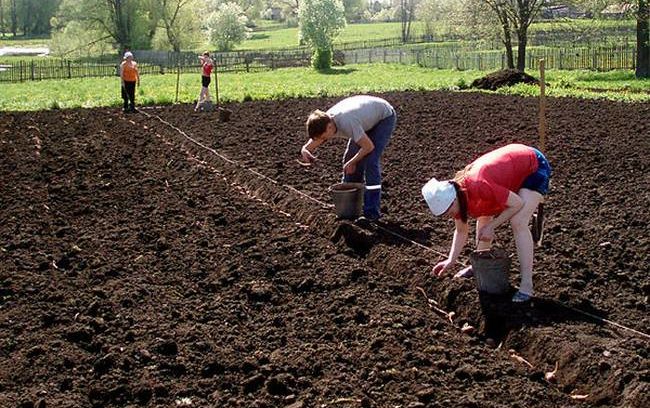
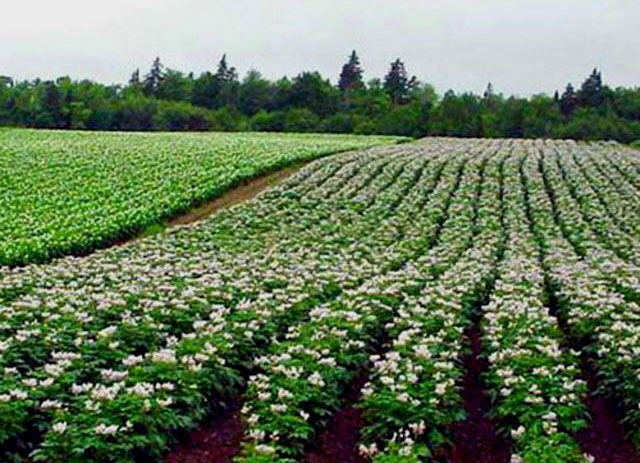
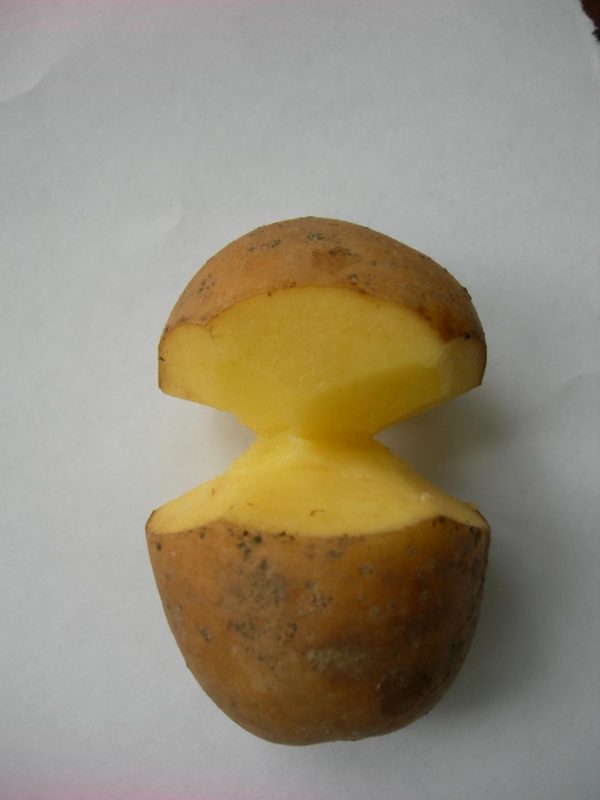

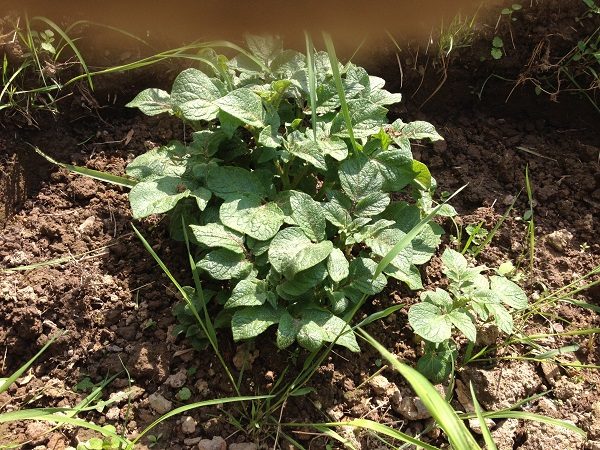
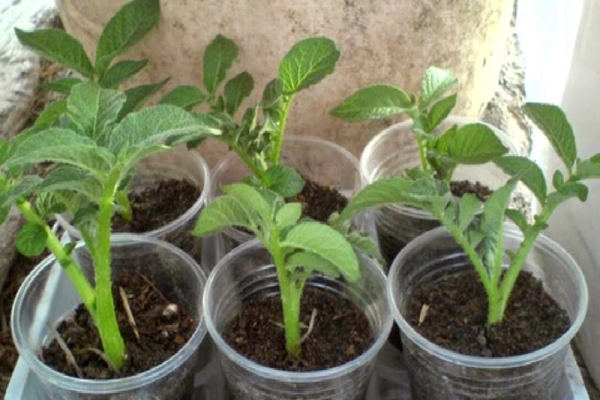
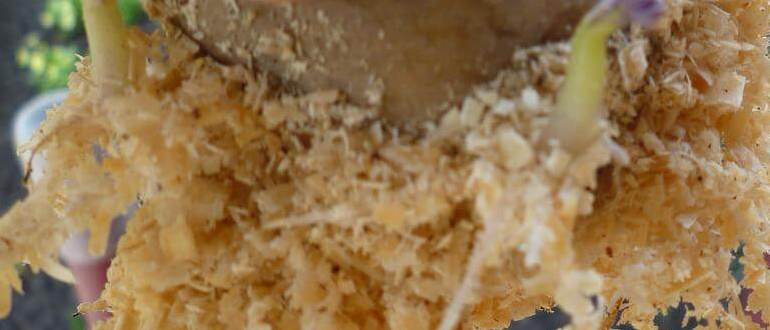
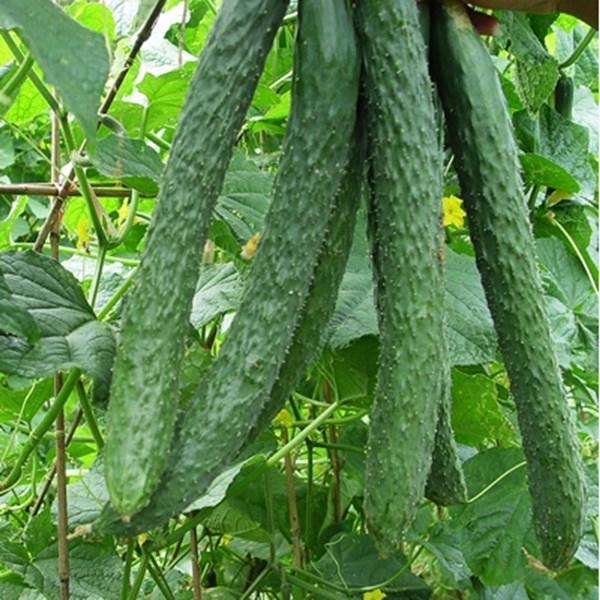
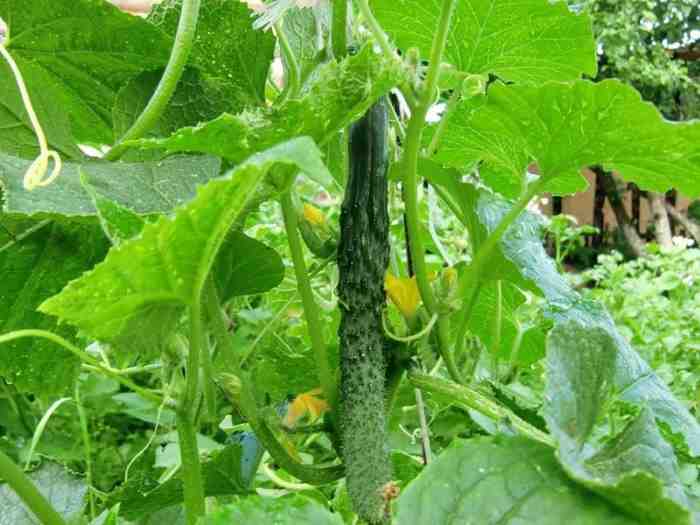

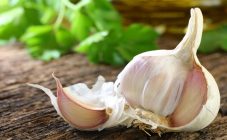







The Chinese themselves only laugh from this method and grow potatoes with a shallow embedment of tubers on ridges 120-130 cm wide at a distance of 35-40 cm and also irrigate between rows, therefore, they get the usual, and for us, record harvests. Hilling potatoes does not increase the yield, because when hilling, we fall asleep already green stems and tubers will never appear on them. And tubers grow on stolons (not roots), which are formed only on a white leaded stem extending from the mother tuber, from the sprout of a part of the tuber. The purpose of hilling is to protect the tubers from solar radiation, so that they do not turn green and from overheating.… More details »